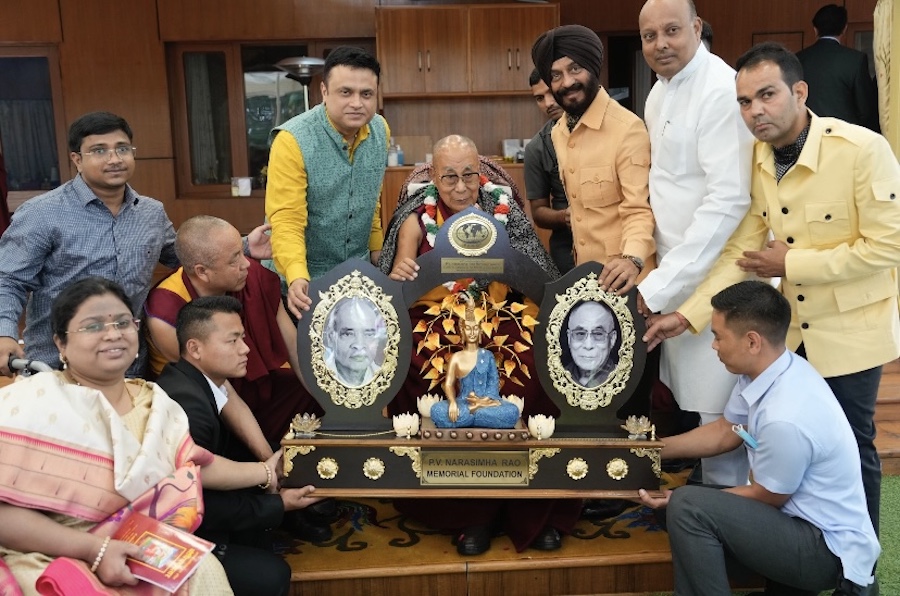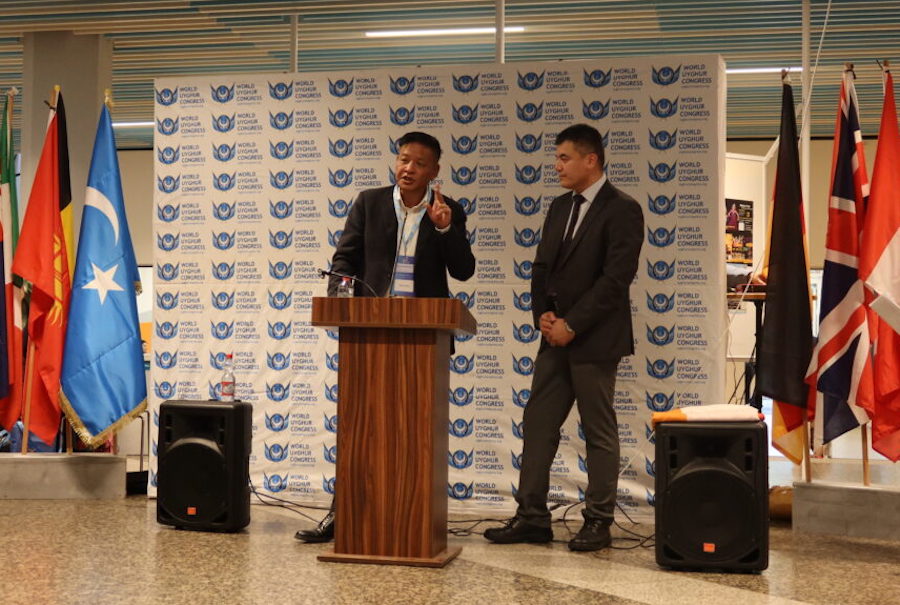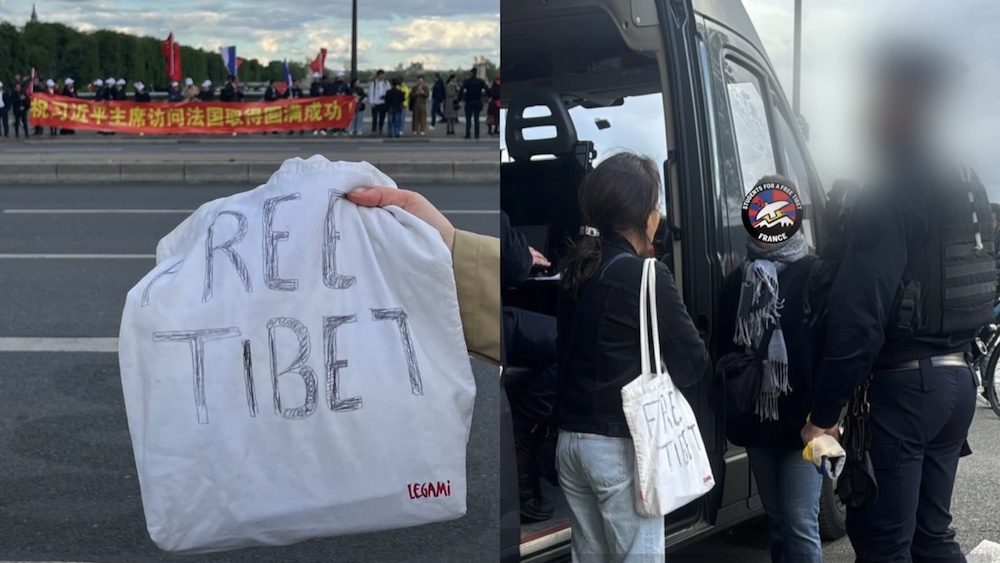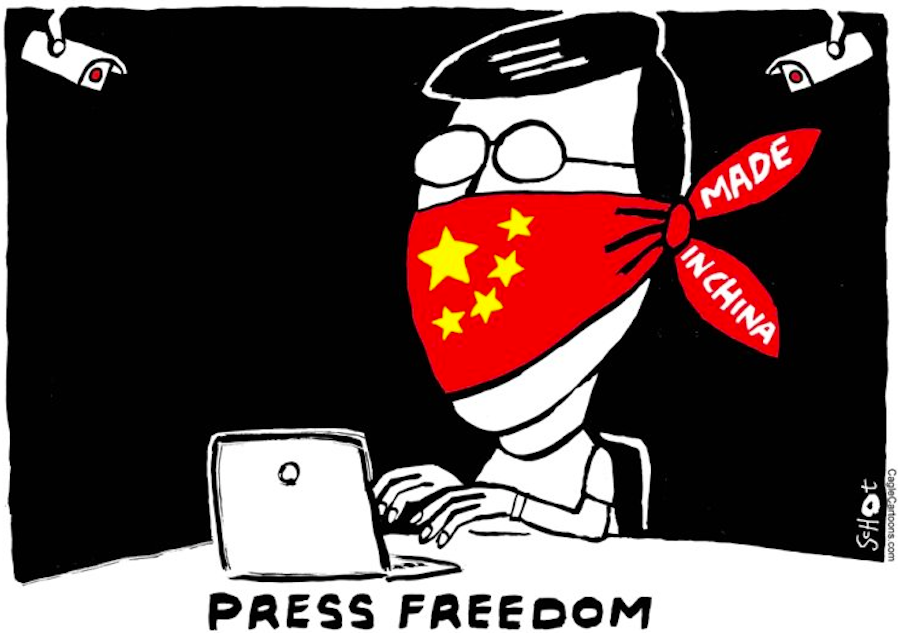It angered U.S. by deporting 18 to appease China
By Surendra Phuyal,
Post-Gazette Staff Writer
It is not easy being Nepal.
The little Himalayan kingdom not only faces a brutal Maoist rebellion, it is also sandwiched between often-antagonistic giants — China and India — and regularly buffeted by more distant powers.
For much of this summer, for instance, Nepal has found itself in trouble with one powerful country for actions taken because of its vulnerability to another powerful country.
On May 31, Nepal deported 18 Tibetans to China, acceding to the wishes of Beijing. This unleashed threats in the United States to boycott tourism, reduce U.S. development assistance and kill legislation that would help the kingdom’s garment industry.
Nepal struggled to mend fences with the U.S. government, and the trouble appears over for now. But the issue is sure to arise again.
Landlocked between the world’s two most populous nations, Nepal depends on India for access to a port and has long been caught in the middle of the struggle between China and proponents of the “Free Tibet” movement.
Hundreds of Tibetans flee the Tibetan Autonomous Region of China each year and use the relatively easy Himalayan passes in Nepal to get to Dharmasala in northern India, where the Dalai Lama, Tibet’s spiritual leader, operates his government-in-exile. This has been happening since the late 1950s, when the Dalai Lama led a Tibetan uprising against Chinese rule.
In the late 1990s, up to 2,400 Tibetans fled Tibet via Nepal each year, but the number dropped to 1,300 in 2001 after authorities in Nepal and China tightened their border, according to figures compiled by the International Campaign for Tibet, a Washington-D.C.-based organization that supports Tibetan refugees. Some 32,000 Tibetan refugees live in Nepal.
In April, 18 Tibetans were arrested in remote parts of the country. They were kept in custody for weeks and then deported on May 31 as “illegal immigrants,” a move encouraged by the Chinese Embassy in Kathmandu.
The reaction among human rights advocates was quick and strong.
Sen. Diane Feinstein, D-Calif., announced she would withdraw her sponsorship of the Nepal Trade Bill, which had been expected to pass by the end of the year. The bill would grant Nepalese-made clothing duty- and quota-free access to the U.S. market for two years.
Nepalese garments are subjected to an average tariff of 18 percent. Even so, the United States is already a huge market for Nepal, absorbing up to 80 percent of its manufactured garments. The industry employs more than 50,000 Nepalese.
Foreign Secretary Madhu Raman Acharya visited Washington in late July to smooth relations and gained Feinstein’s assurance that “she would move the bill in the Senate.” Acharya said he explained to her that the deportation of the 18 Tibetans was an unusual case and that Nepal is home to more than 132,000 refugees — 100,000 Bhut-anese and 32,000 Tibetans.
“We told her that Nepal has remained friendly and open to refugees and the tradition remains,” he said.
Rudra Kumar Nepal, deputy chief of mission at the Royal Nepalese Embassy in Washington, said the 18 Tibetans did not have any documentation to support granting them refugee status.
“Nepal has its own constraints, as a country situated between two giant neighbors, and the outside world needs to understand that very clearly. We need to have excellent ties with Beijing and New Delhi. But that should not mean that we are inhospitable to Tibetans,” he said.
The main threat to Nepal tourism in reaction to the deportation of the Tibetans came from Ethical Traveler, an alliance of travelers in the U.S. It sounded a “human rights alert” on its Web site — www.ethicaltraveler.com — called for a boycott of tourism to Nepal.
Tourism is a mainstay of the Nepalese economy, constituting 5 percent of the country’s Gross Domestic Product, and visits had already declined dramatically due to the Maoist insurgency, the Sept. 11 terrorist attacks in the United States, and the recent outbreak of SARS in Asia.
The number of tourists has dropped more than 50 percent compared to 1998, when Nepal and it mountainous beauty attracted more than 450,000 tourists.
Some U.S. officials also threatened to reduce financial assistance to Nepal.
Since U.S.-Nepal diplomatic relations were established in April 1947, the United States has provided millions of dollars in aid. For 2003, the U.S. has pledged development and military assistance totaling nearly $38 million.
“What can we do? Nothing. Some of these big shots here have gone to the extent of issuing aid cutoff threats to Nepal,” a senior official said. The State Department said the administration has not issued any such threats.
Dana Robert Dillon, a senior policy analyst in the Asian Studies Center at the Heritage Foundation in Washington, acknowledged Nepal’s geographical constraints.
“Geography is an important determiner for most countries on how they deal with the world,” he said. “There will never be a time when Nepal can disregard the opinion of Delhi or Beijing. Nonetheless, like Switzerland, Nepal can determine an independent foreign policy.”
And when Beijing and New Delhi object?
“If Nepal has behaved in accordance with international law and norms, then Nepal will have other countries backing its actions,” Dillon said. “For example, the United States and Western countries can be a sort of virtual third and fourth neighbor that Kathmandu can use to balance the demands of the giant neighbors.”
Sandra Vogelgesang, who served as U.S. ambassador to Nepal from 1994 to 1997, said the deportation incident in May was “quite exceptional.”
“Every American wants to see that it is important for Nepal to respect international laws,” she said, “and I hope that the government does honor the international human rights of the Tibetans.”
(Surendra Phuyal can be reached at sphuyal@post-gazette.com or 412-263-1893. A native of Nepal, Phuyal is currently reporting for the Post-Gazette as an Alfred Friendly Press Fellow.)









